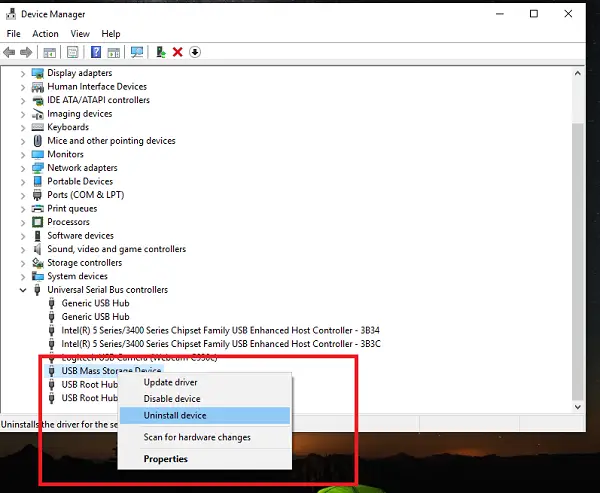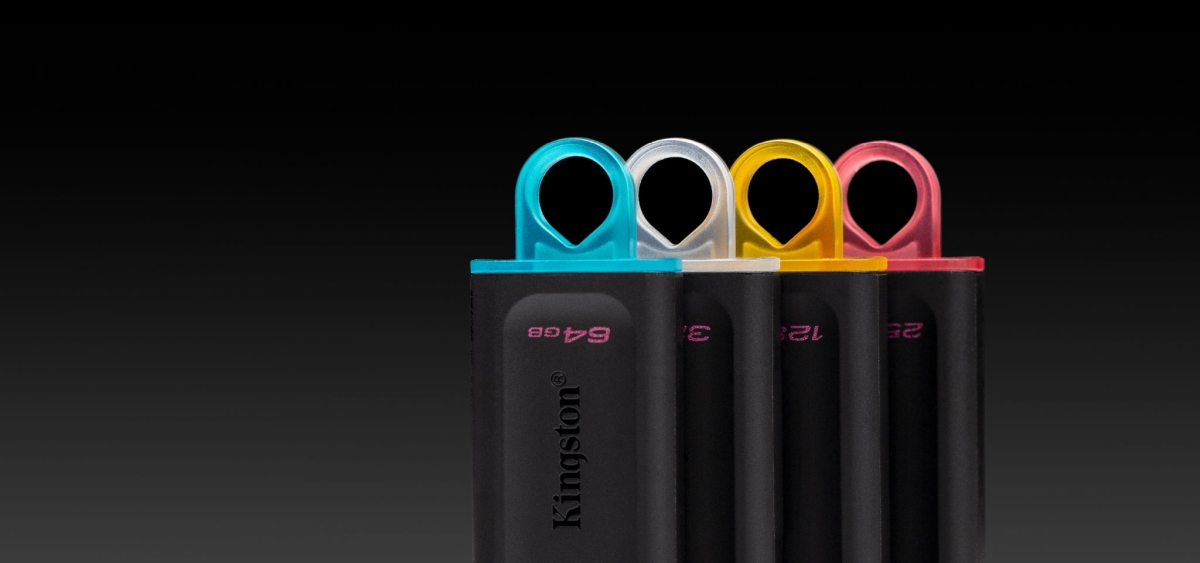

- #Seeing android m as mass storage device windows 10 install
- #Seeing android m as mass storage device windows 10 windows 10
#Seeing android m as mass storage device windows 10 windows 10
Now try using the Media Creation Tool to turn that flash drive into bootable Windows 10 installation ok I'm confused by some of the the things you're saying in your post. When that completes, enter "active", then enter "assign". If it's larger than 32GB, enter "create partition primary size=32768" because Windows won't format a partition larger than 32GB as FAT32, and you need FAT32 if you want to support both Legacy BIOS and UEFI booting.

If your flash drive is 32GB or less, enter "create partition primary". Enter "select disk X", replacing X with the disk number for your flash drive. Note the number of the disk corresponding to your flash drive. Open Command Prompt and run "diskpart". If you want to manually wipe and prep your flash drive, do the following: I'm admittedly not optimistic that will change anything given that your flash drives are both already working on other systems, and it's also strange that in addition to neither one working on your system of interest, they're failing in different ways, but this is all I can think to try at the moment. Otherwise, below I've posted commands that you can use to manually prep a flash drive prior to using the Media Creation Tool as a last resort. Sometimes older systems have trouble booting from high capacity flash drives. The smaller the better as long as the flash drive is still large enough for the Windows 10 installation files. Try using a flash drive no larger than 32GB. Try using different USB ports on the system you're trying to get this working on, and also plug the flash drive in directly to the system's USB ports rather than through a hub if you're not doing that already. Ok, if you're already using the Media Creation Tool to prep your flash drives, you've already tried multiple flash drives, and you've already confirmed that they boot into Windows Setup on other systems, my only remaining suggestions are: I've never figured out why certain combinations seem not to work, but it does happen. If you've already dealt with all of that, have you tried another flash drive? I've seen some flash drives that simply don't work for booting certain systems, even though they work fine otherwise with that system.
#Seeing android m as mass storage device windows 10 install
But if your system supports UEFI, make sure you BOOT that flash drive in UEFI mode, NOT Legacy BIOS mode, otherwise Windows will install itself in Legacy BIOS mode onto your system, which you don't want on a system that supports UEFI.

If you're trying to install Windows 10, then if you haven't already, use Microsoft's Media Creation Tool to create Windows 10 install media, which will give you a flash drive that supports both Legacy BIOS and UEFI booting.

But until that detail is available, how did you prep this flash drive you're trying to use for installing Windows? Some tools prep flash drives in ways that only work for Legacy BIOS or UEFI mode, so if you need to boot your system in the opposite mechanism, that would explain why you can't see/use your device in the F12 menu. Fyi when asking technical questions, it helps to provide some technical details, such as (in this case) the system model you have and the version of Windows you're trying to install, since that will indicate whether your system should be using Legacy BIOS or UEFI booting.


 0 kommentar(er)
0 kommentar(er)
